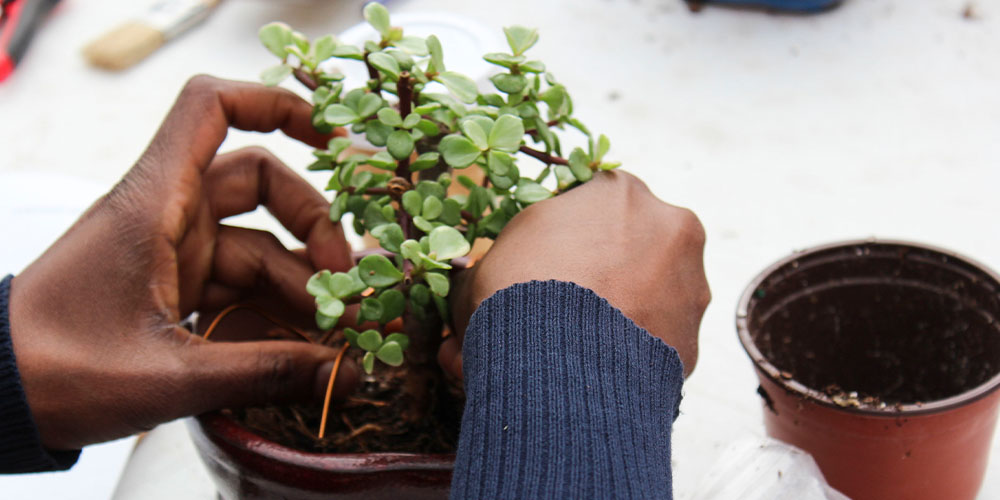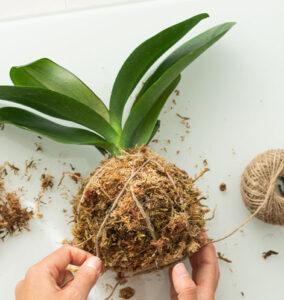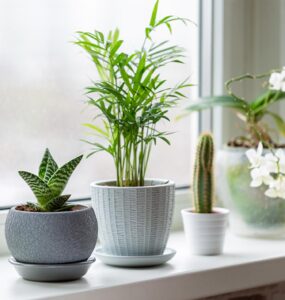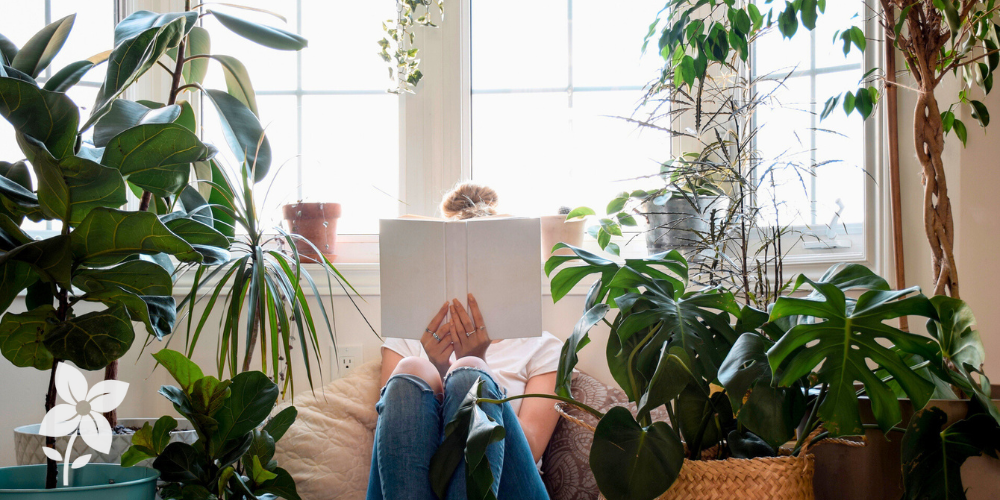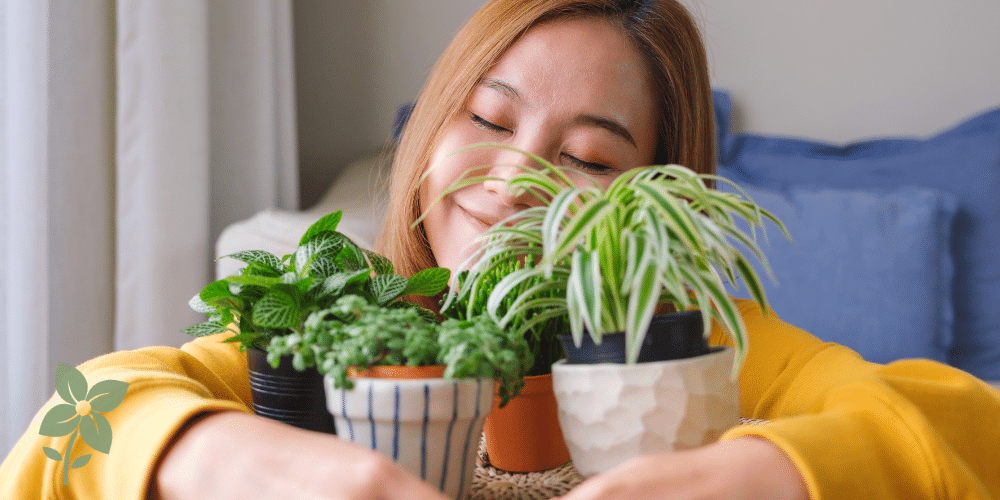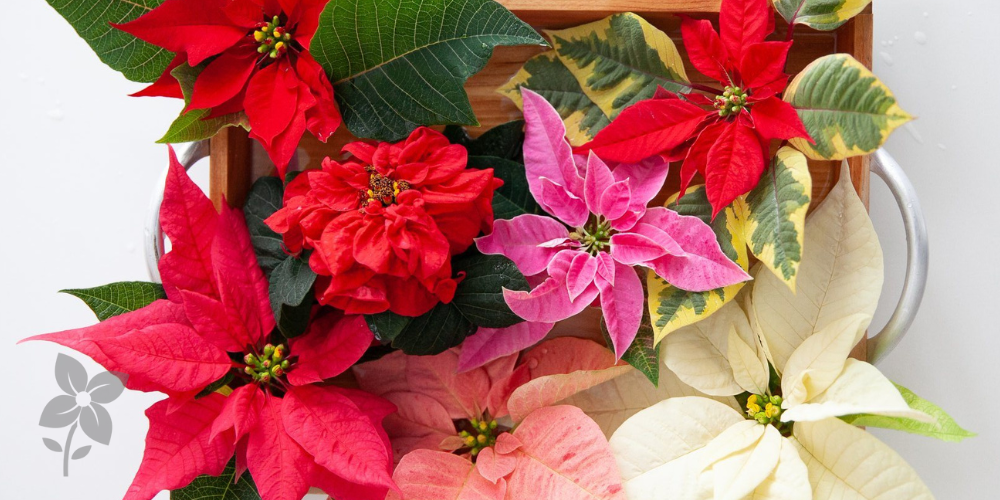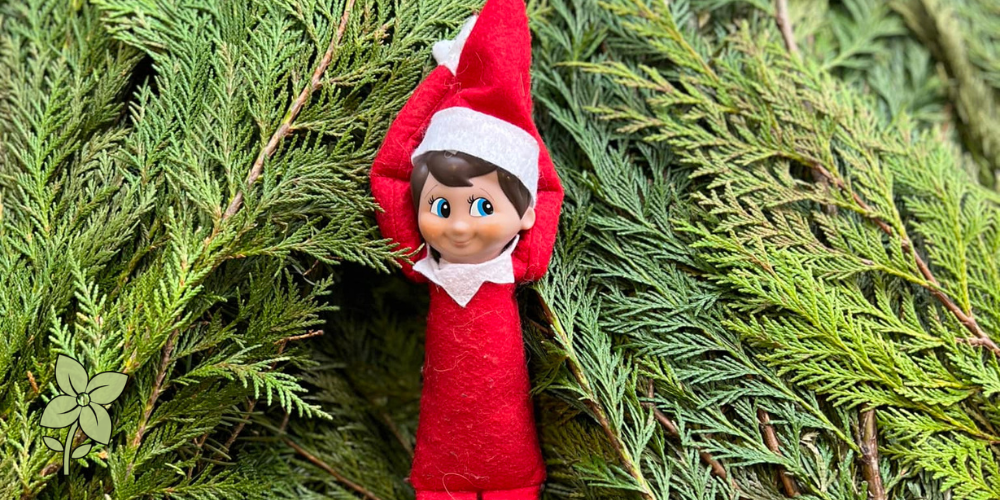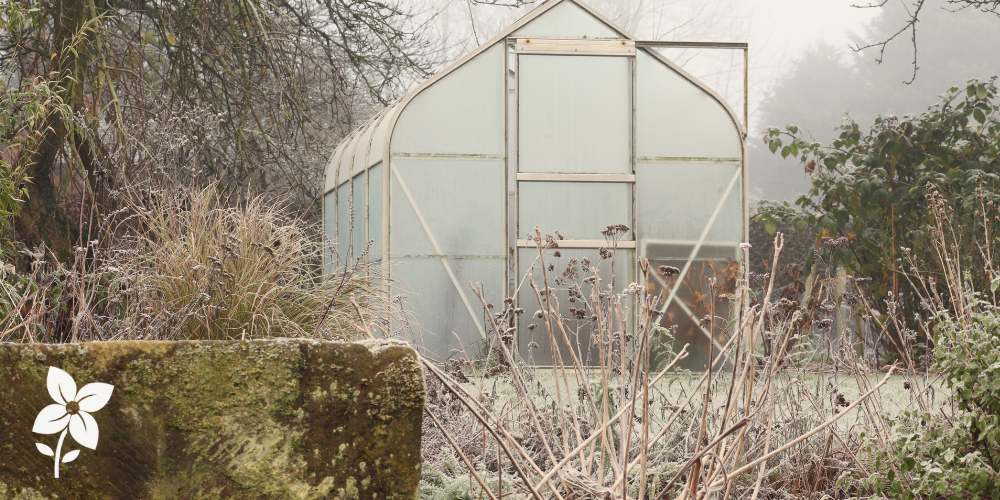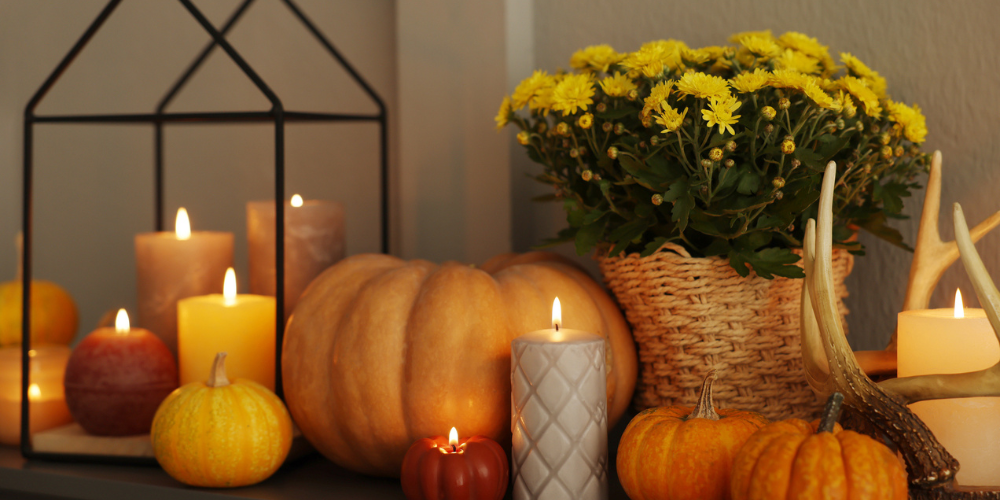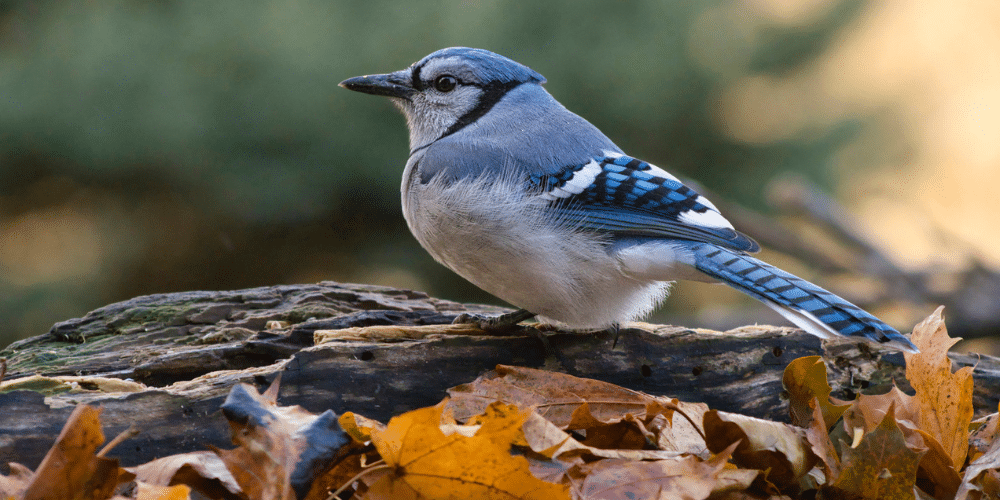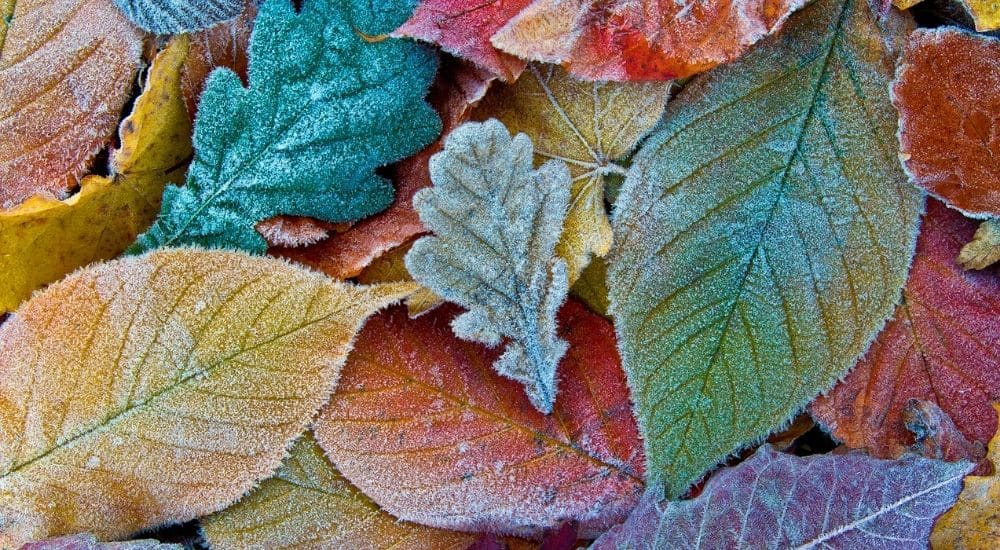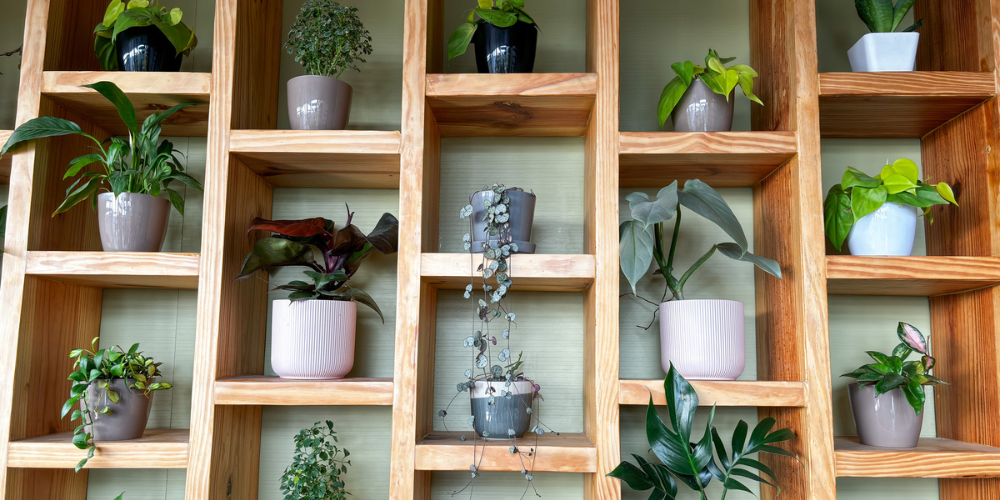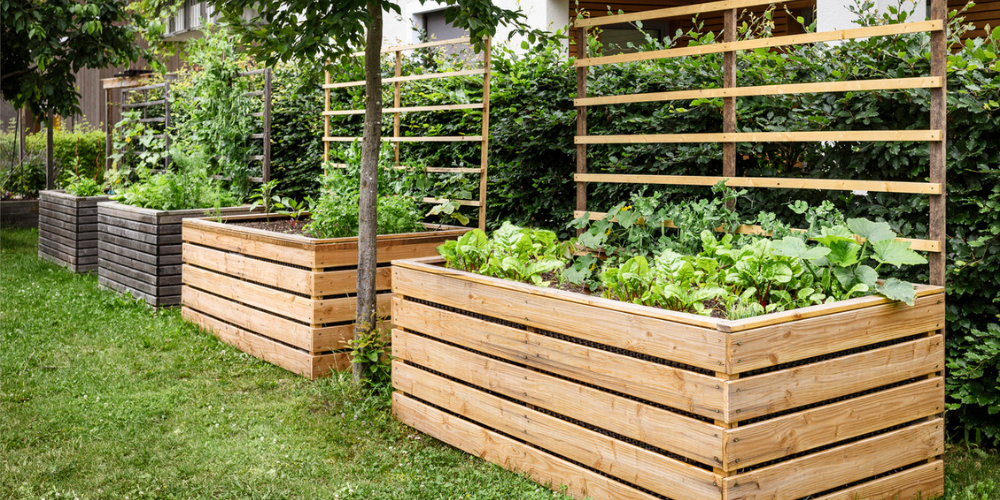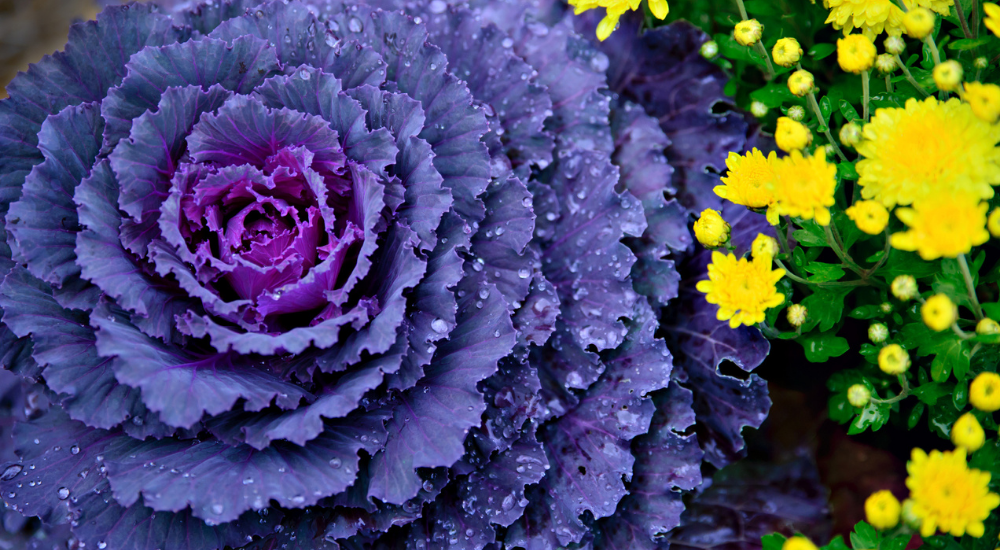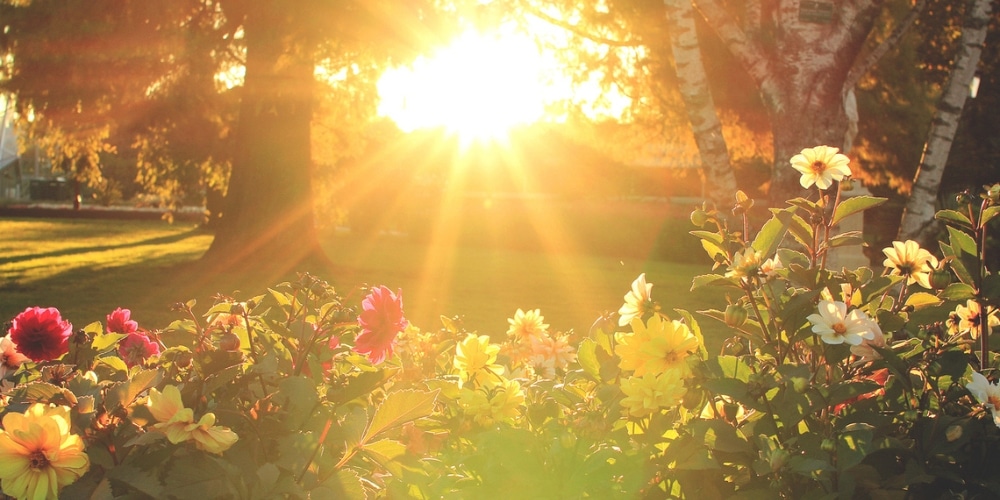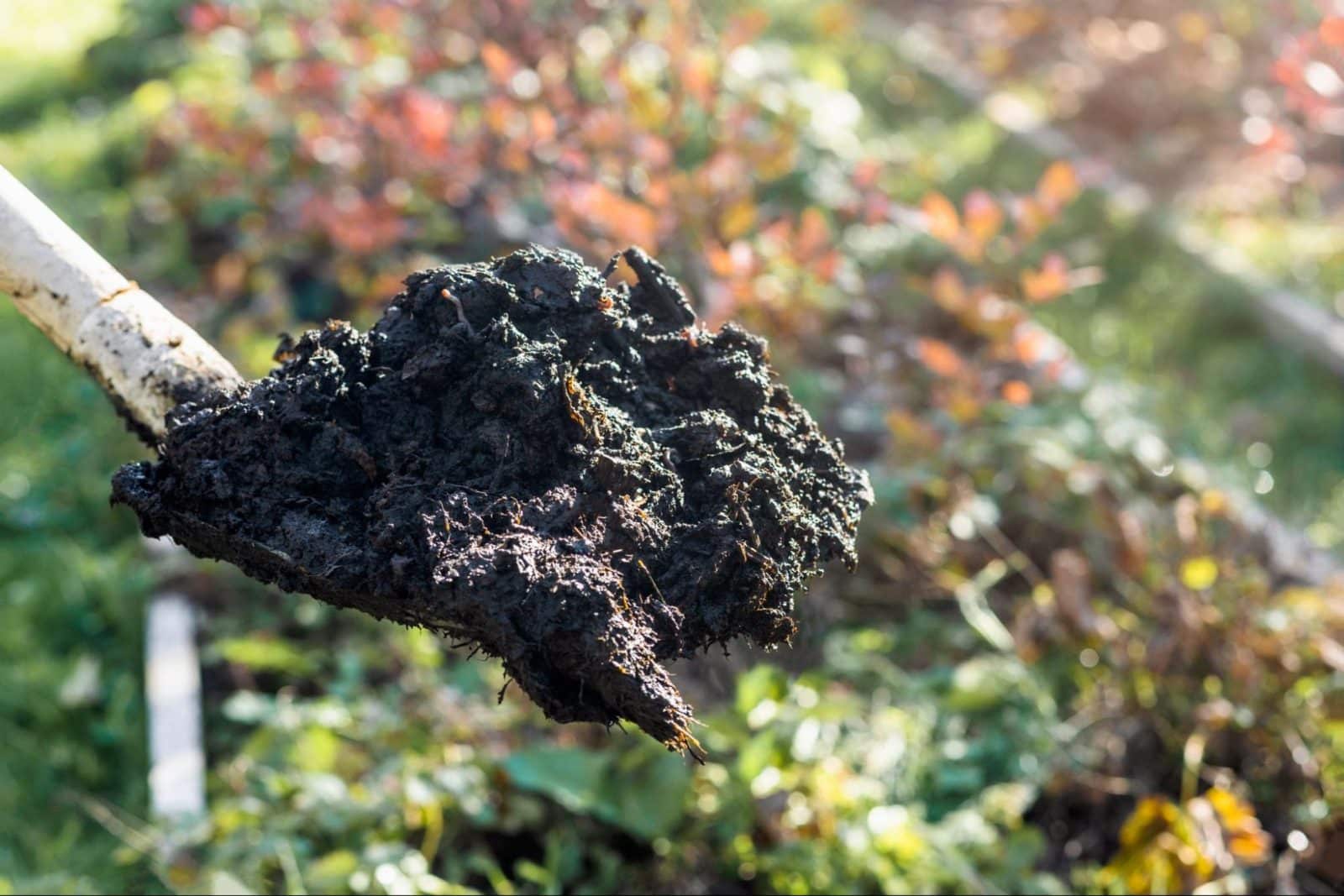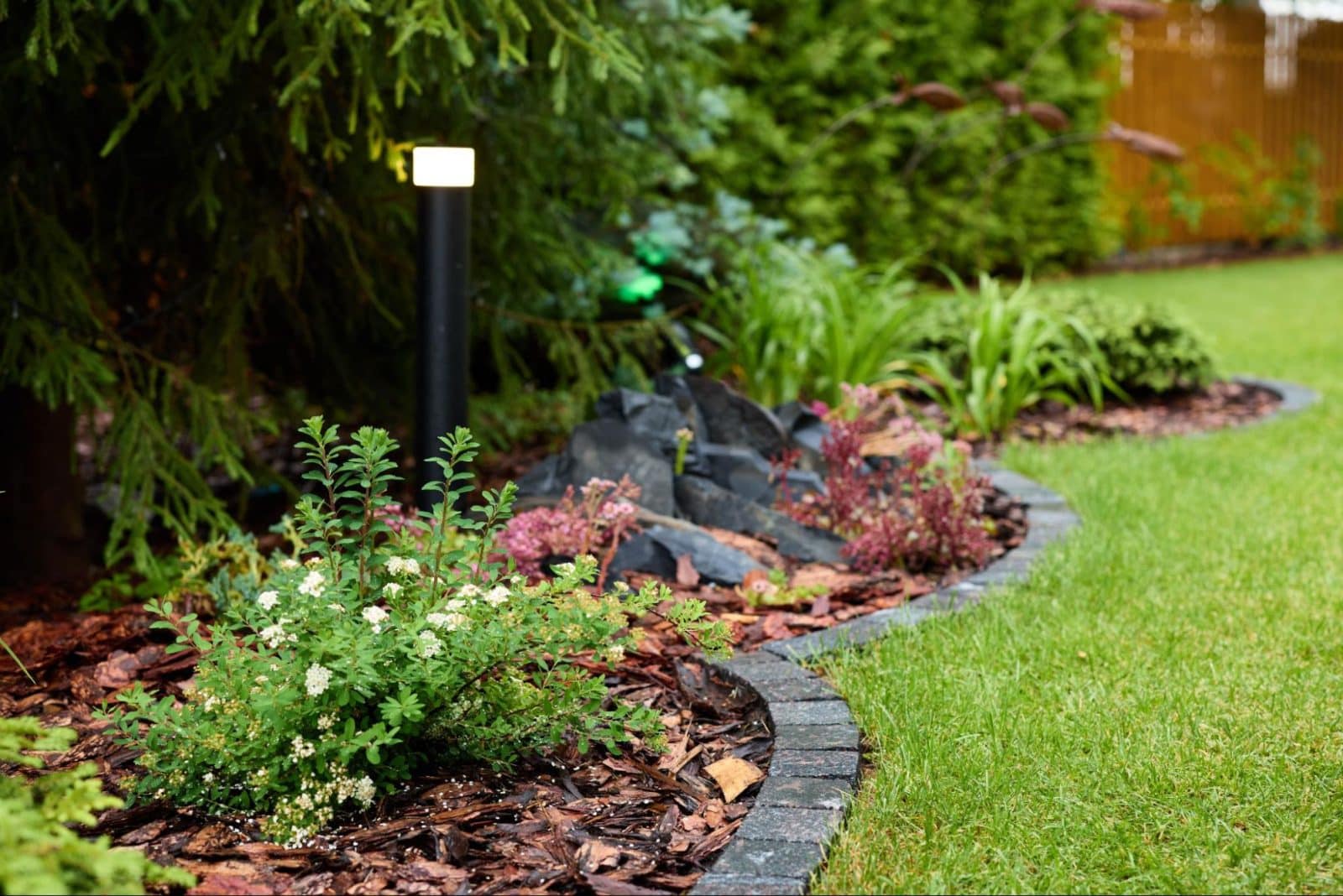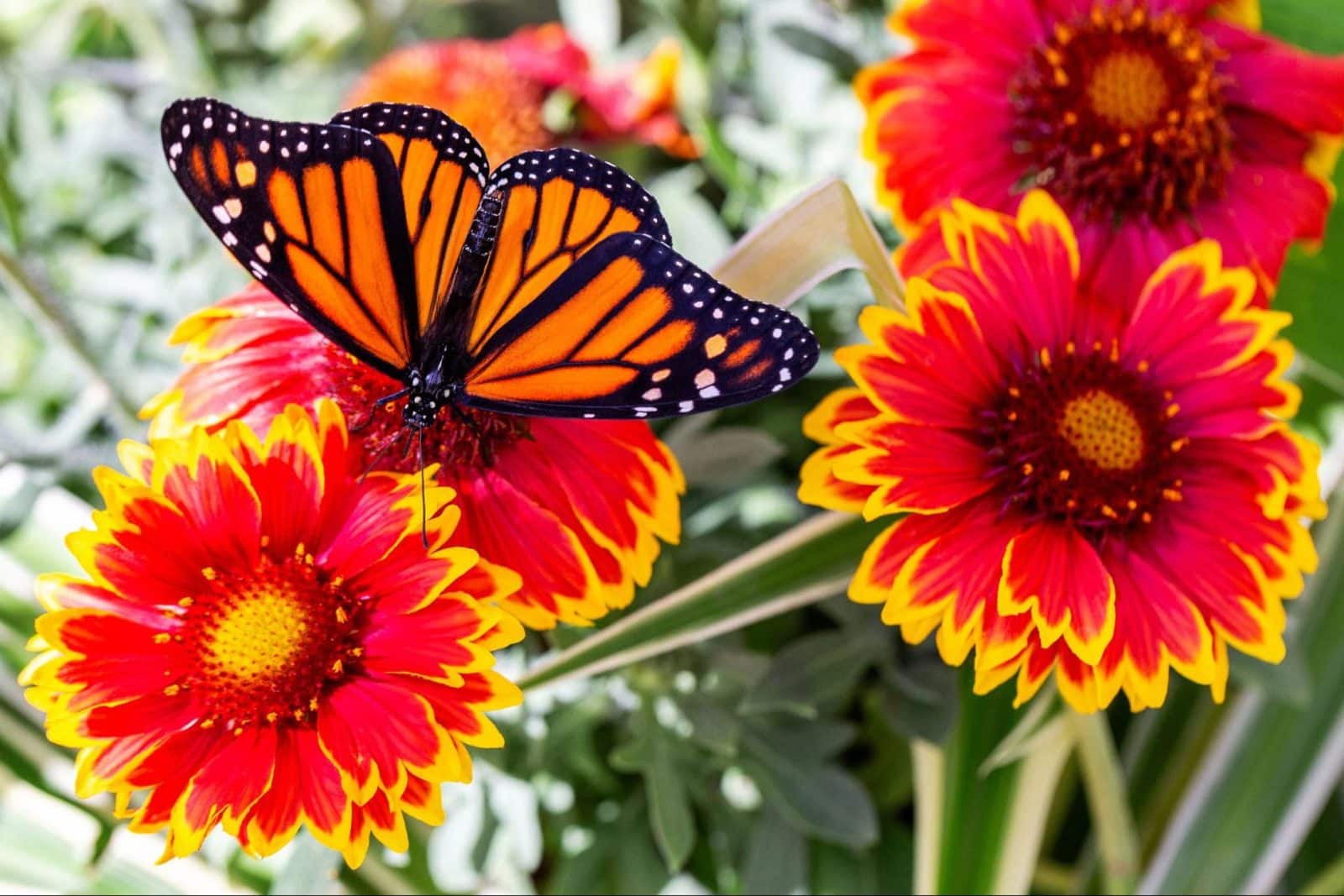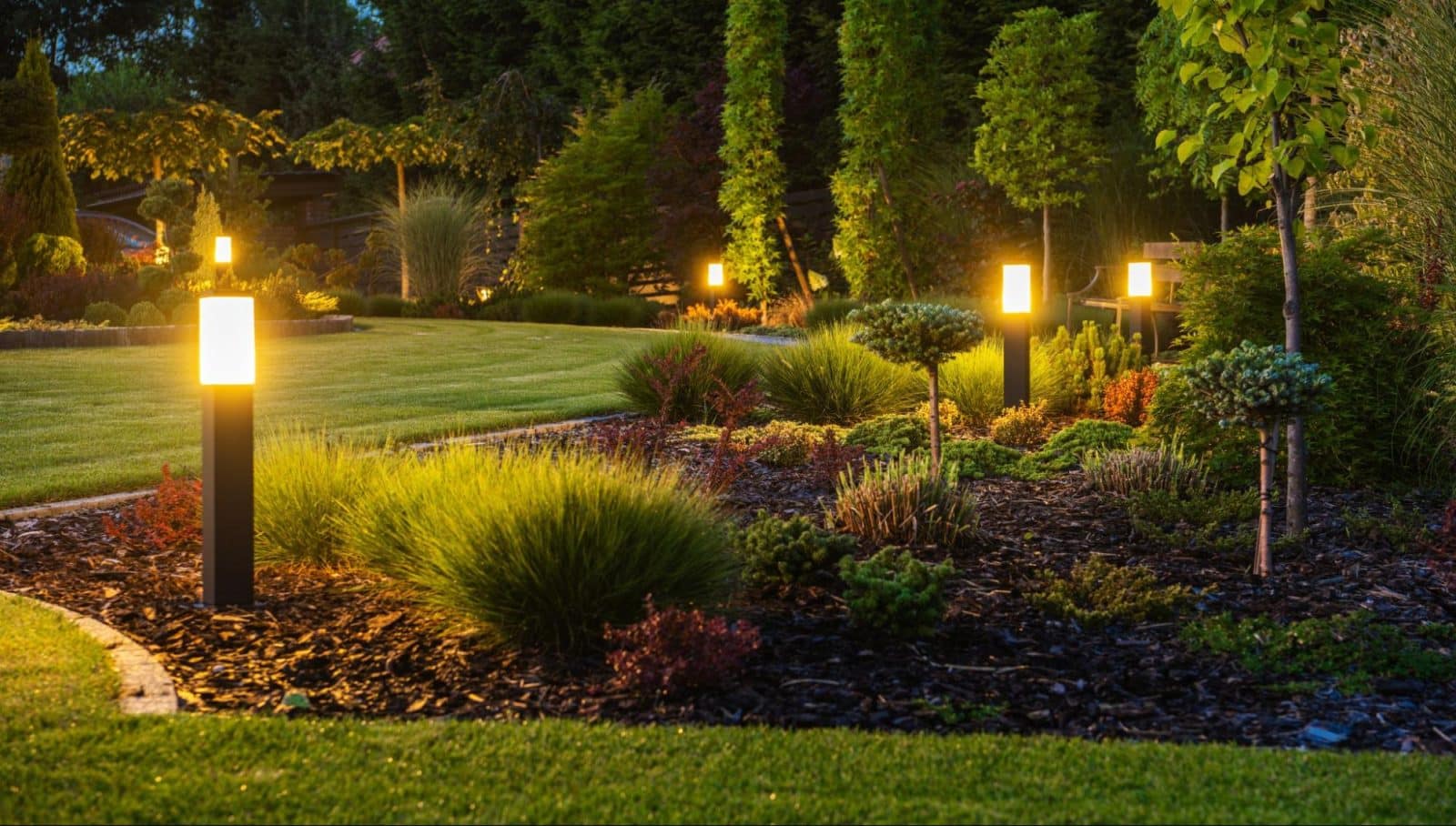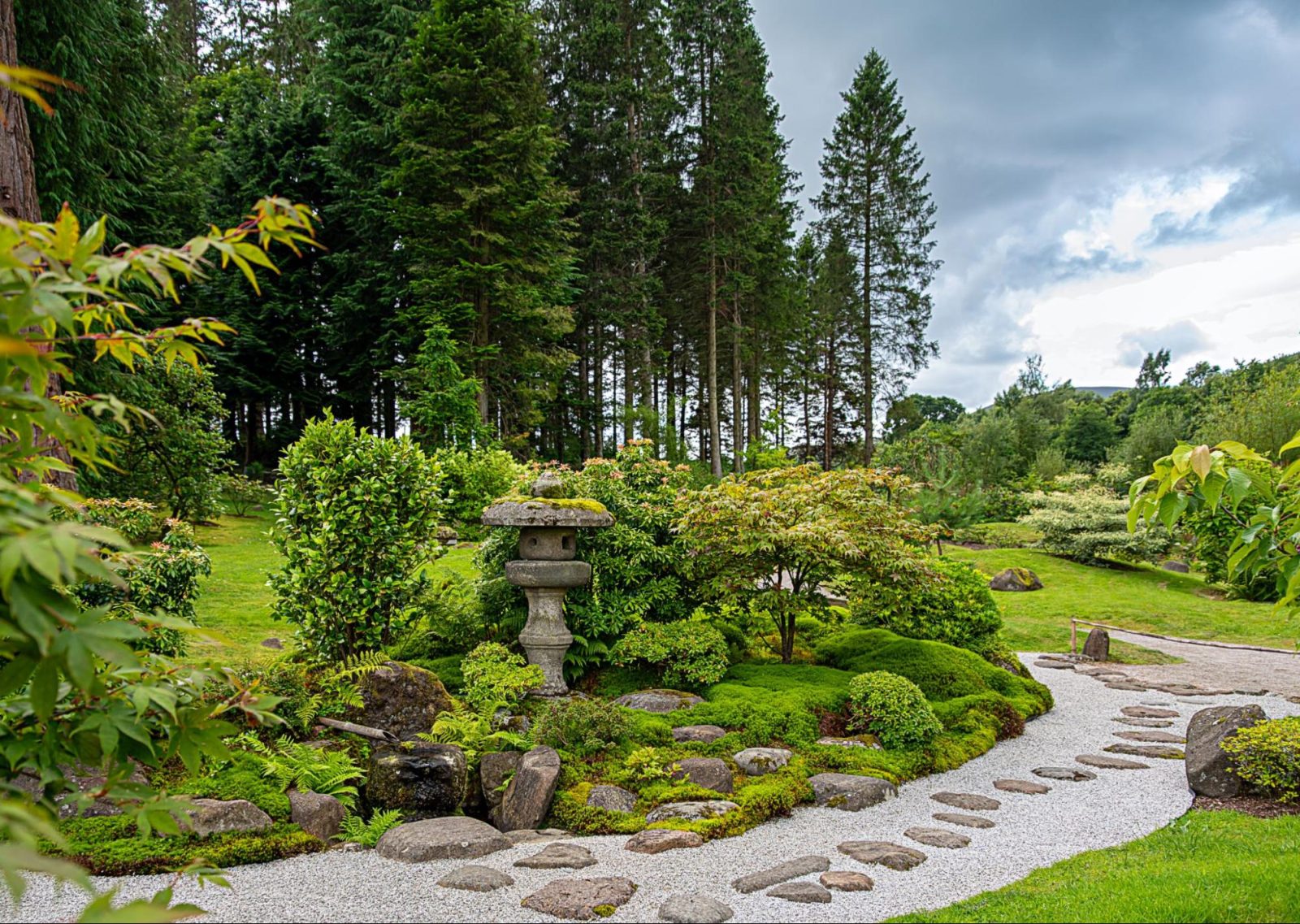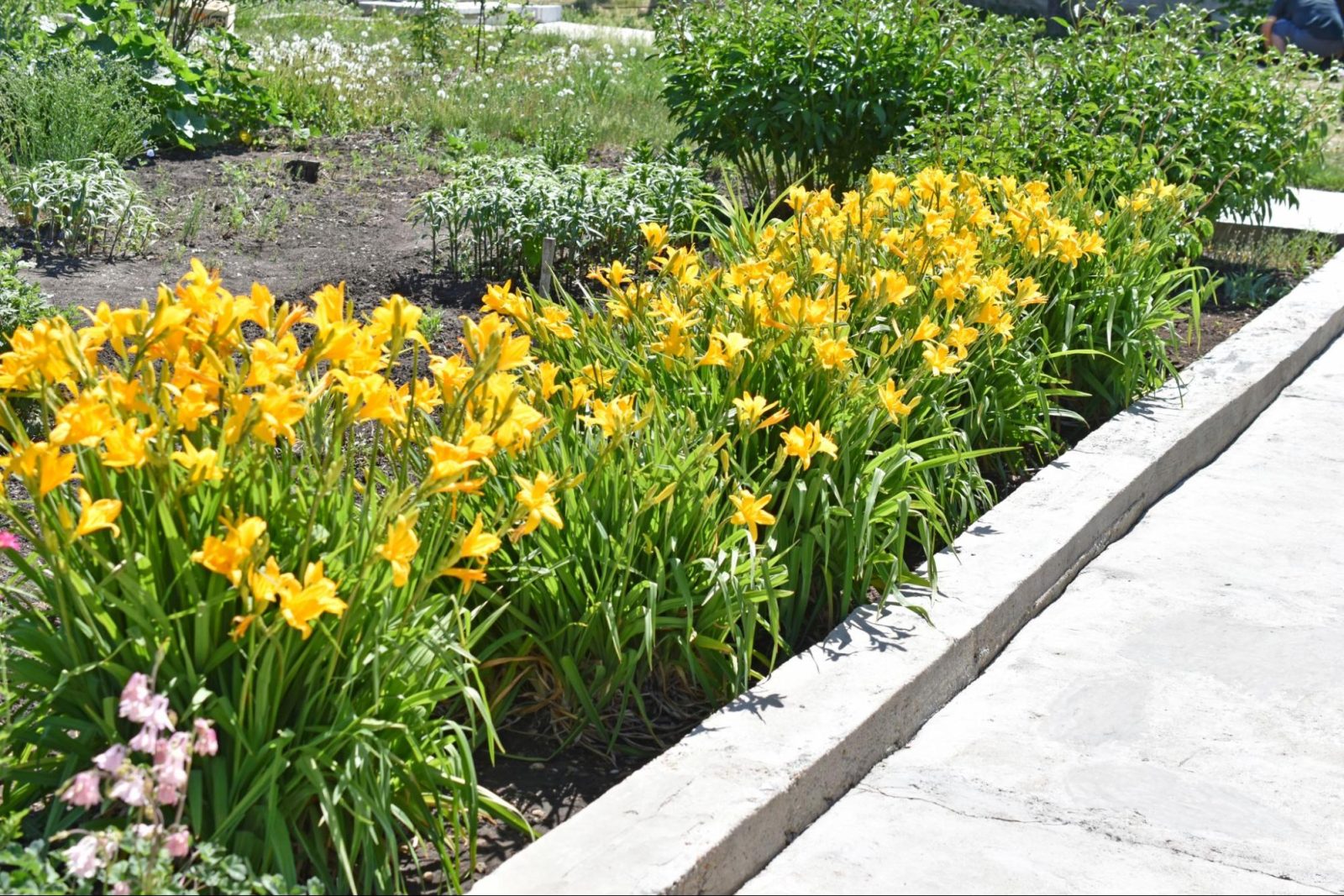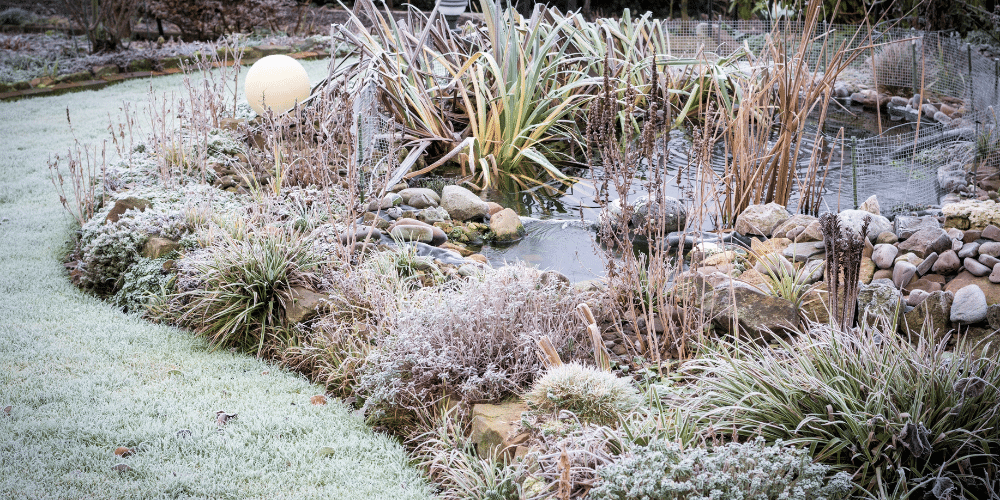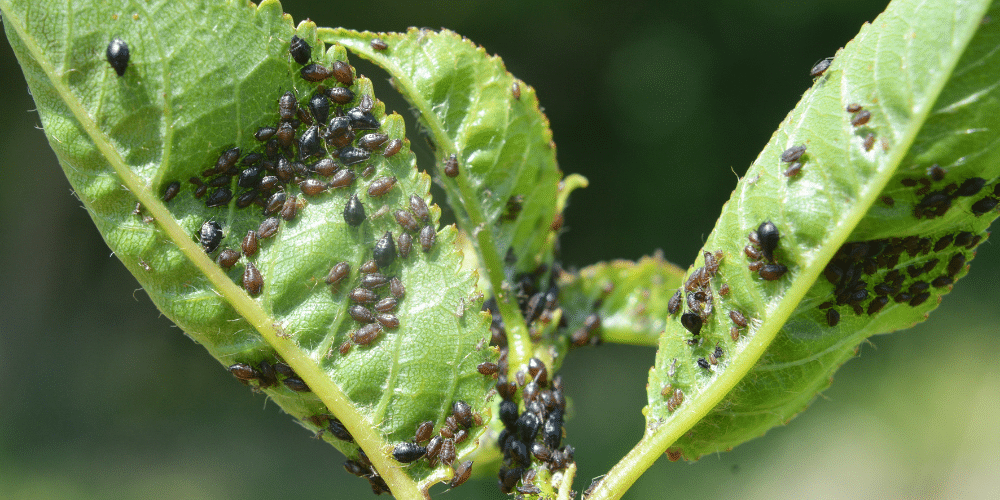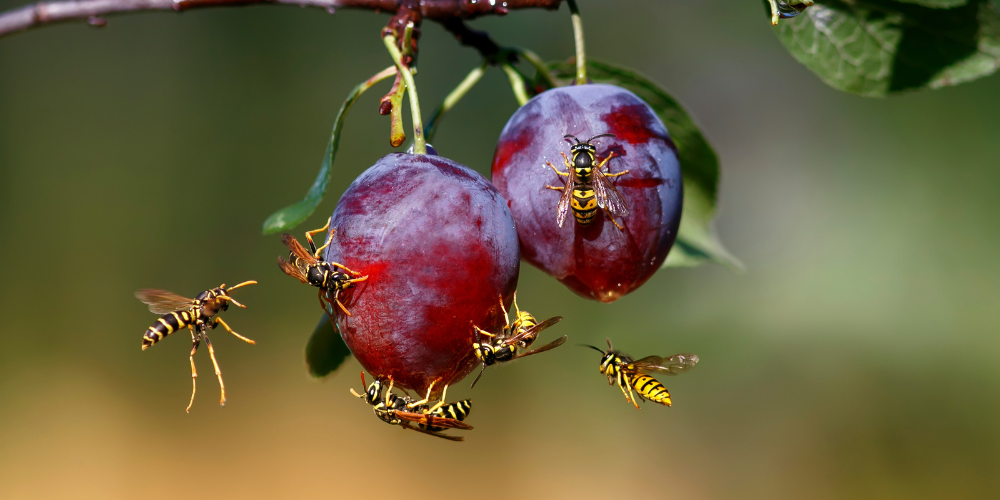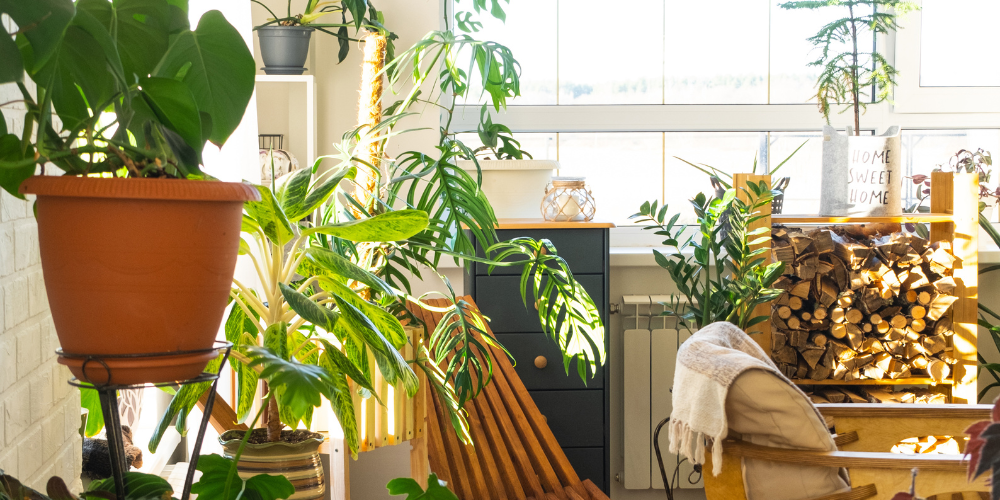
Since 500 or 1000 BC, Chinese Buddhist monks have grown bonsai trees to bring the peace and balance of the outdoors inside, and to this day, this is what the bonsai represents. Are you thinking about entering the world of bonsai trees? Buckle up because this ancient tradition has complexities and surprises that will constantly enthrall you and your attention in its fascinating grip.
There is a vast range of bonsai trees, each with its own care requirements. Still, beginners need not be intimidated because we have a bonsai tree for every confidence level and budget. We will fill you in on the dos and don’ts in care for these extraordinary historical art pieces and have you feeling inspired and equipped with some baseline knowledge.
What Is a Good Bonsai Tree for Beginners?
Without question, the perfect bonsai tree for a beginner is a ficus bonsai, an evergreen tropical. It grows well indoors in bright light and is fairly forgiving with watering if you happen to forget””and the branches are supple and malleable, making them easy to shape with wire. The ficus bonsai is resilient and is tolerant of low humidity, making it a great choice as a houseplant for the bonsai beginner.
A couple of other good choices for beginners are:
- Chinese elm (semi-evergreen, will grow indoors or outdoors)
- Small leaf jade (evergreen succulent, will grow indoors, tolerant of drying out)
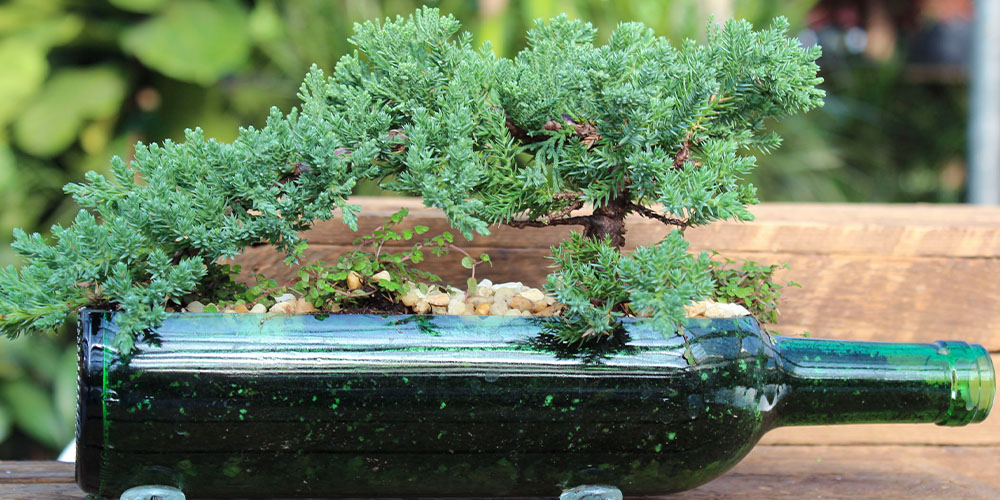
I Want a Classic””How Do I Care for My Juniper Bonsai?
The juniper bonsai is the iconic visual we all have when we think of a bonsai tree, and for a good reason. These beauties can live for hundreds of years with the proper care, making it a specimen that can be passed down to the next generation, and also makes a fantastic gift that will help to bring peace and balance into a home.
Juniper roots do not like to be too wet, so be careful not to overwater with this one””misting regularly is very beneficial. Fertilize with a liquid fertilizer every other week in the growing season or every month with slow-release pellets.
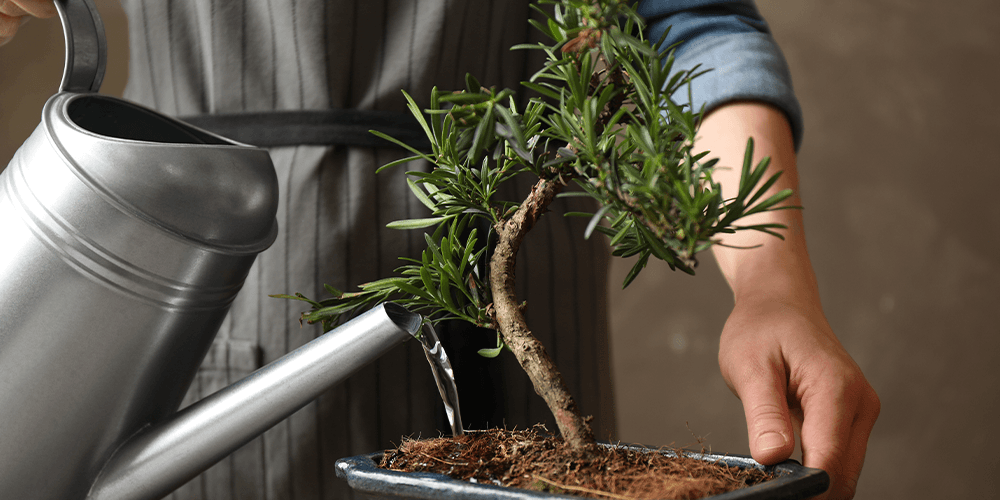
Bonsai Care Tips to Remember
Growing your bonsai tree can be incredibly satisfying and calming. It can be an activity that brings you peace, meditation, and centredness, just like it did for the Buddhist monks. We want to steer you on the right path to your bonsai’s needs, so here are some general tips and suggestions that will help you:
- Because bonsai trees are in shallow pots, watering maintenance is essential.
- Bonsai watering needs will change depending on the season; they need less water and fertilizer in the winter months.
- Bonsai trees love natural light, but the sheltered morning light is ideal.
- The goals of bonsai pruning are to shape the style of your tree, remove indirect growth, and encourage branching.
- Young bonsai’s need annual repotting. Repotting doesn’t mean an increase in pot size but instead monitoring and pruning of the root system.
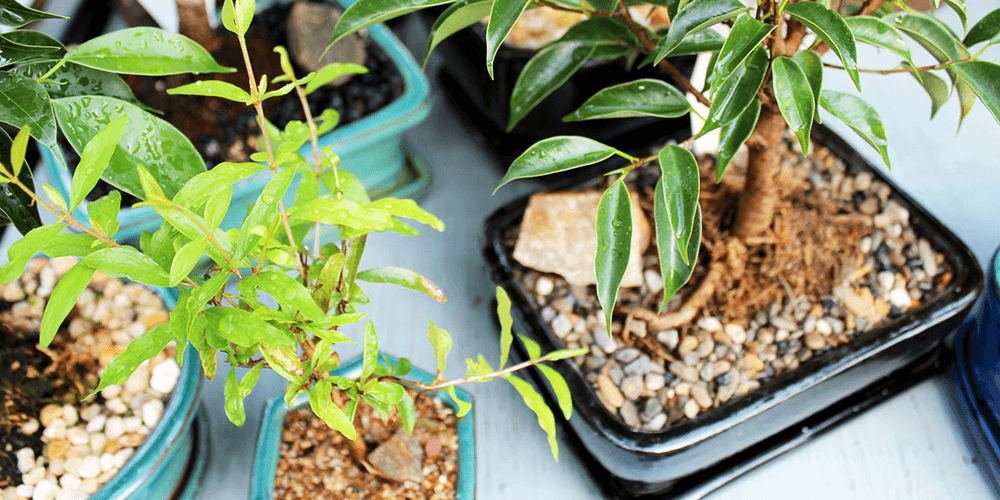
General Troubleshooting Tips to Keep in Mind
Is your bonsai not listening to you? Or are you not listening to it? Always remember:
- A drooping bonsai indicates a need for dramatic watering. Submerge the bowl in water (not over the rim) for 30 minutes.
- Be careful not to scorch the plant with too much direct or intense light, particularly in summer””place in sheltered locations.
- Increase indoor humidity by misting or leaving a shallow dish of water to evaporate near the plant.
- Never fertilize dry soil. Always water your bonsai with regular water first; otherwise, you will burn the roots.
- Allow more space for thickened growth with a more dramatic pruning of the new growth every 2-4 years.
Growing your own bonsai tree is a relaxing and satisfying pastime that anyone can do. Visit our team at Salisbury Greenhouse to talk to us about which bonsai is right for you and get the accurate advice you need to tend to its care.

